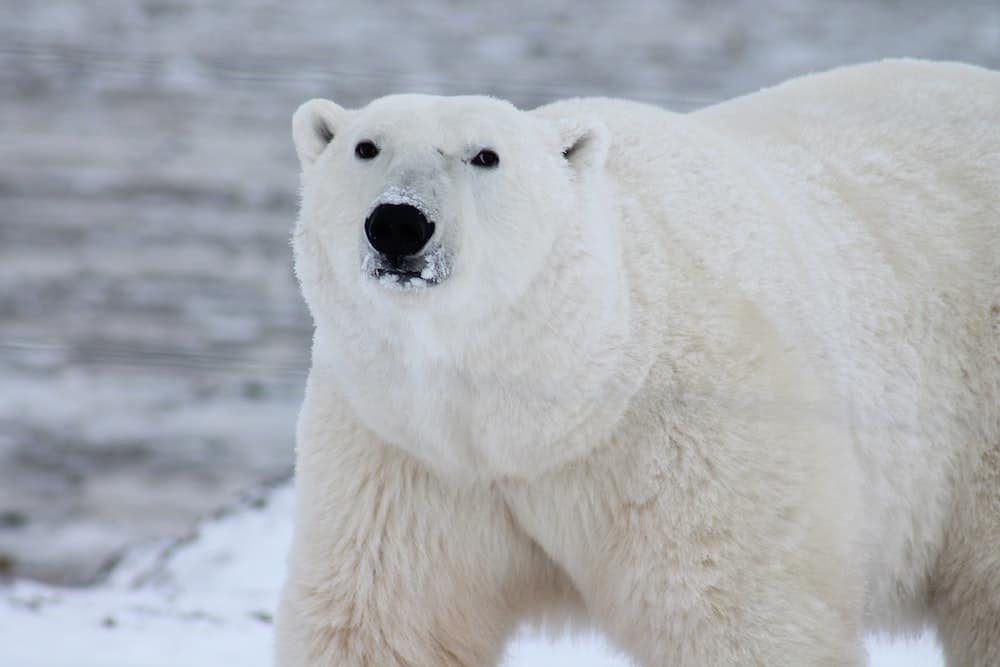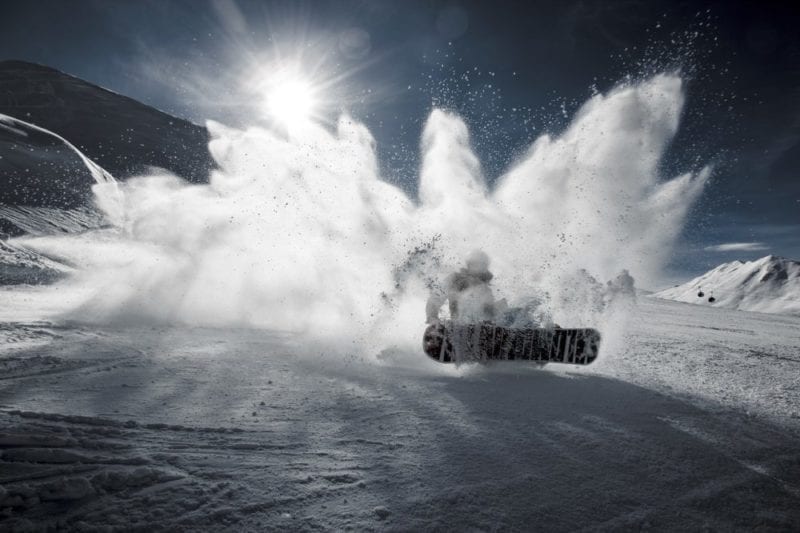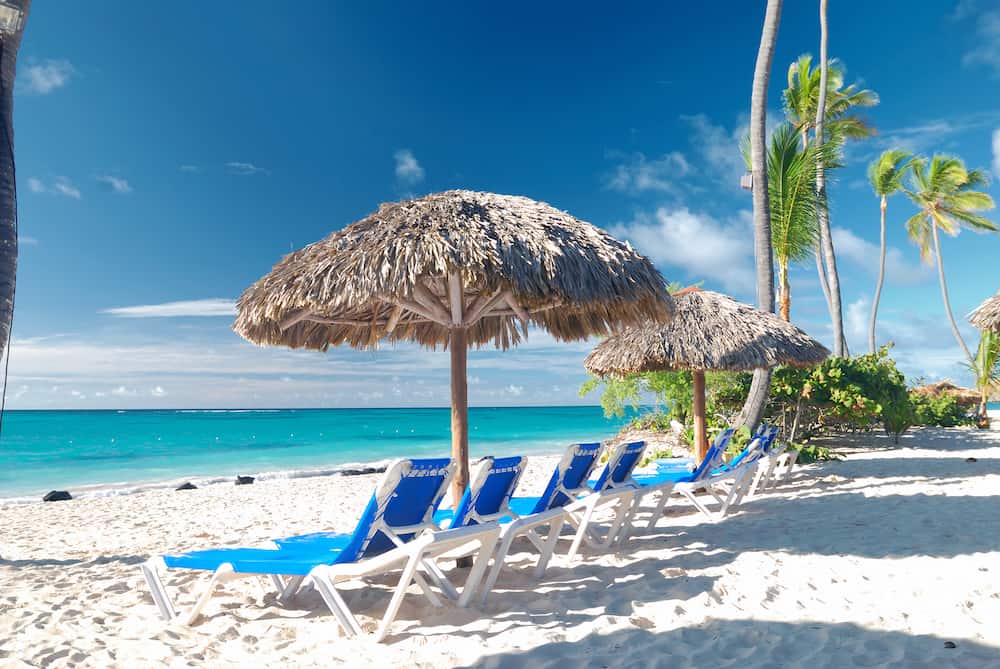Top 3 Incredible Arctic Animals You Can See in the North Pole
The opportunity to get to the North Pole is something that has been on every child’s travel bucket list (in hopes to see Santa Claus) but actually being able to would be truly amazing as it is not a common feat to experience in a person’s lifetime.
The Arctic is encompassed by the Arctic Ocean and belongs to eight countries from three different continents; therefore, while it may not seem like it if you think of the Arctic, it is actually a diverse part of the world.
The weather conditions here are rough, if not extreme; even the summers have an average temperature of being under 10°C (50°F). But just because there isn’t much scenery to look forward to, there is a vastness in the wildlife observation in the Arctic, and the remarkableness of its animals are a sight to see.
Plan your trip?
Avoid hidden fees in the exchange rate while withdrawing from millions of ATMs abroad, paying in restaurants and shops, and buying your accommodation and flights using the Wise Card. You can hold up to 40+ currencies at once to spend in in over 150 countries, and convert them in real time with the free Wise app.
Need help planning your trip from start to finish? Check out these helpful links:
- Cheap flights
- Savings on accommodation from hostels to luxury hotels
- Affordable car rental options
- Affordable sightseeing tours and day trips
- Travel Adapter – All in one so you don’t have to carry a bunch around
- Don’t be silly and forget Travel Insurance! Get hurt and you’ll regret it…
This post contains some affiliate links for your convenience. Click here to read my full disclosure policy. You can also read our content/editorial policy here.
1. Polar Bears
On the number one spot is the “King of the Arctic”. You are most likely to see one during the months of July and August prowling in the coastal areas due to their main source of food, seals. They use their highly sensitive sense of smell to grab seals through the breathing holes they make in the ice. However, they will also scavenge for the remains of other mammals such as whale carcasses, birds, and eggs.
While they are the largest land carnivores, life isn’t easy for them, especially considering they are vulnerable to climate change. They have experienced a decline in numbers due to the late formation (breeding occurs only every two to three years with births of up to just one to three cubs), and their hunting ability has also been gravely affected and limited due to the fast melting of sea ice.
Fun Fact: Polar bears are actually black, and their furs are just translucent. Their black skin absorbs heat from the light of the sun, and their fur mirrors the surrounding atmosphere, helping them blend.

2. Walrus
Next up is the ‘Giant of the Arctic”. The walrus is most commonly characterized by their ivory tusks.
In the wilderness of the Arctic, the only fierce competition that could take on combat with a walrus is the killer whale and the polar bear, and more often than not, they don’t bother crossing paths either. Normally they eat clams, fish, mussels, shellfish, and worms, but if the case arises, they are also willing to kill a seal.
While they look as if they move clumsily on land, their swimming skills are magnificent, and they are able to slow down their heart rhythms and divert blood from specific organs, enabling them to survive underwater for long periods of time.
They are also a rare find as they only produce offspring once every two to three years, but if you were to spot them, they would typically be found in large herds lazing on the coastlines and icebergs, most likely in the month of July.
While walruses are gentle and sociable, vocally using growls, whistles, and klicks for communication, they can become extremely aggressive during mating season.
Fun Fact: Walrus’ tusks are found on both their male and female counterparts and do not stop growing, reaching sizes of about 1 meter (3 feet).
3. Beluga Whale
The Beluga Whale is known as “The Canary of the Sea”. These strikingly white-skinned creatures are known for their uncanny but charming, smiling faces, facial expressions, and melon-shaped heads. They are also closely related to the narwhal.
The reason for their title is due to their talkative natures. They are noisy and have enthralling vocal abilities of squeaking, chirping, and whistling, which are used not just for communicating but also for navigating the cold, dark waters of the Arctic. They also have the ability to mimic other sounds, such as the voices of humans, without the involvement of any special training.
They also work together to use their sonar powers for echolocation, forcing fish into falling prey to them. They also eat crustaceans, mollusks, and worms.
They have unique necks that turn almost entirely to their side, creating a right angle. This gives them exceptional movability for swimming backward and food harvest.
The best time to see them is during the months of July to August where they travel in groups called “pods’”
Fun Fact: The best way to get a close encounter with a beluga would be through singing as their curiosity of the sound will get the best of them.

Conclusion
While we have only listed only three animals, almost every ounce of wildlife you find in the Arctic is just as fascinating. Reindeers, Musk Oxen, the Narwhal, the Snowy Owl, the Atlantic Puffin are just a few others that are just exciting to get the chance to see. So if you are looking into your next adventure and choose the Arctic, keep your eyes out for these animals and more!







